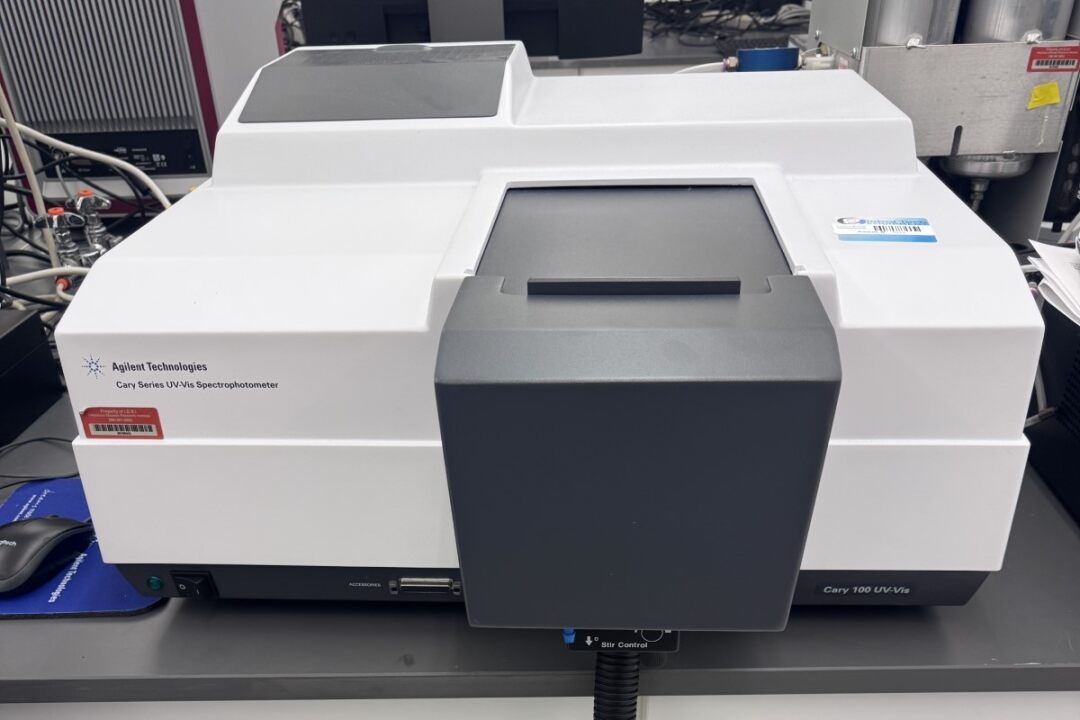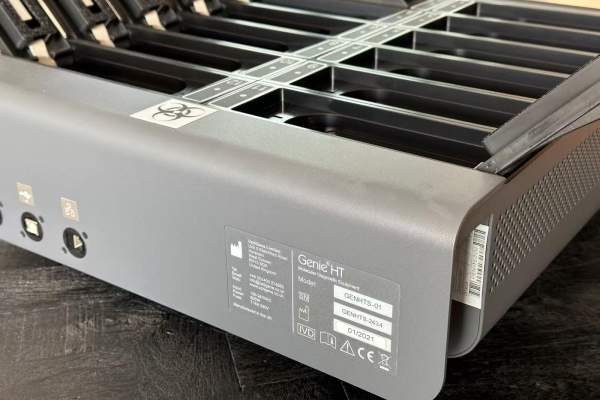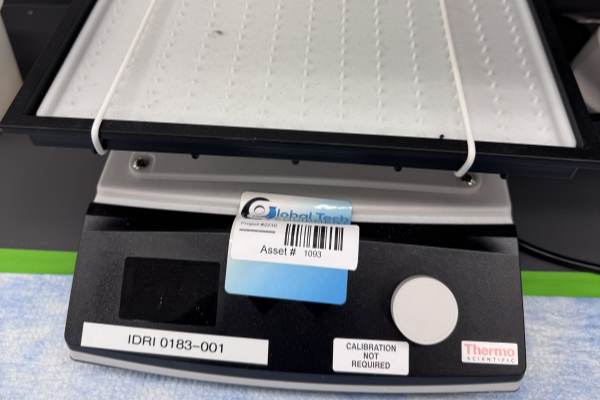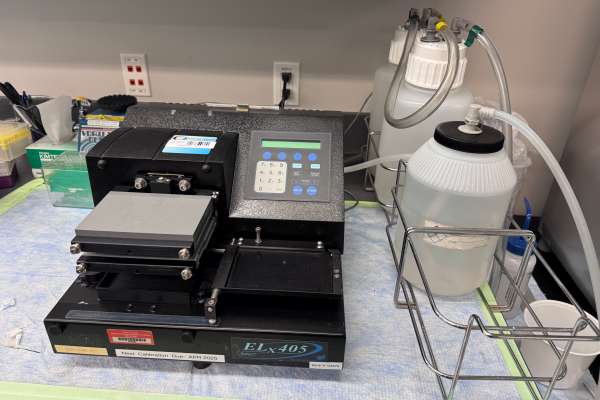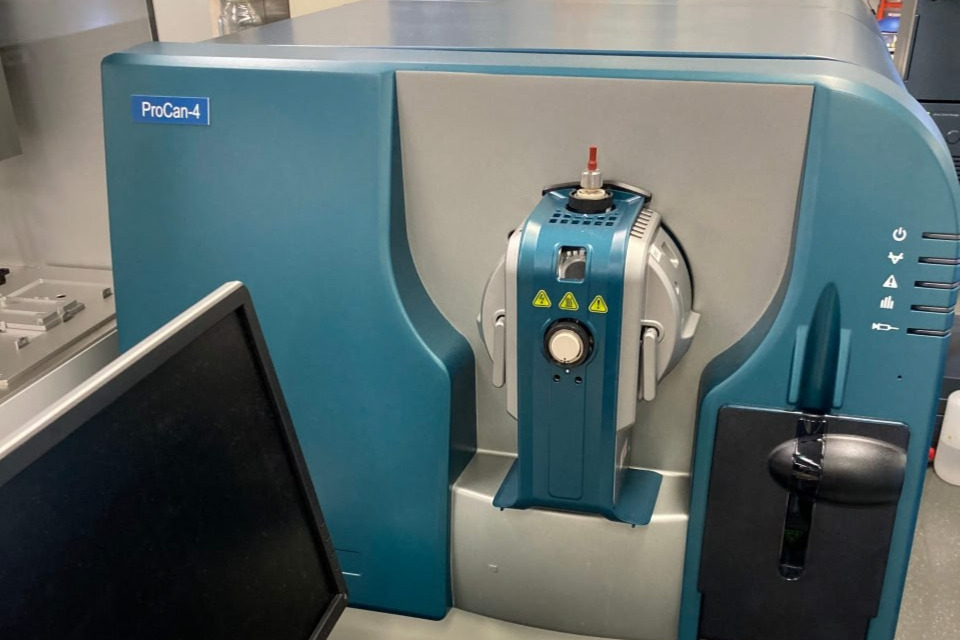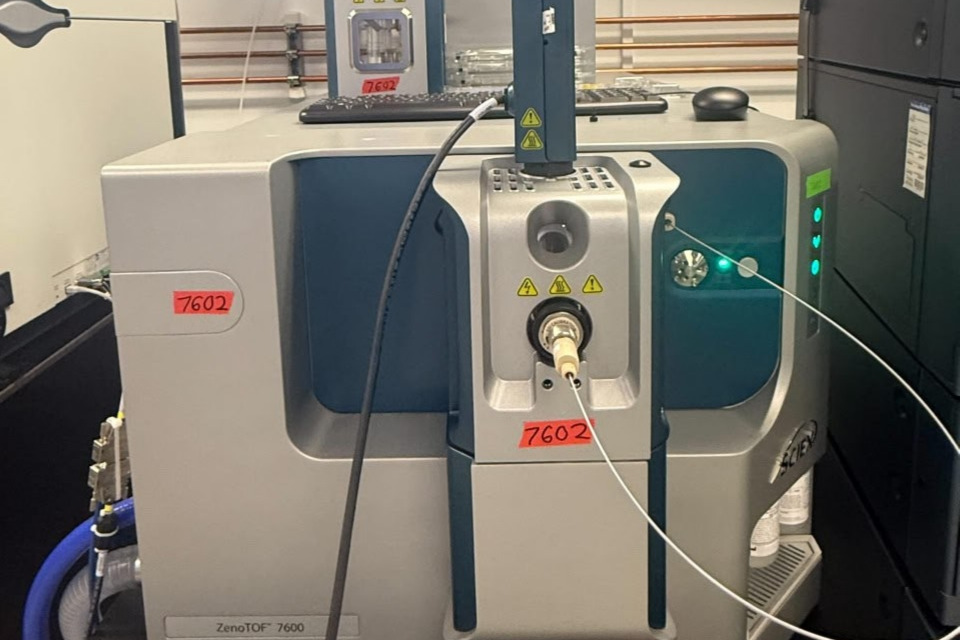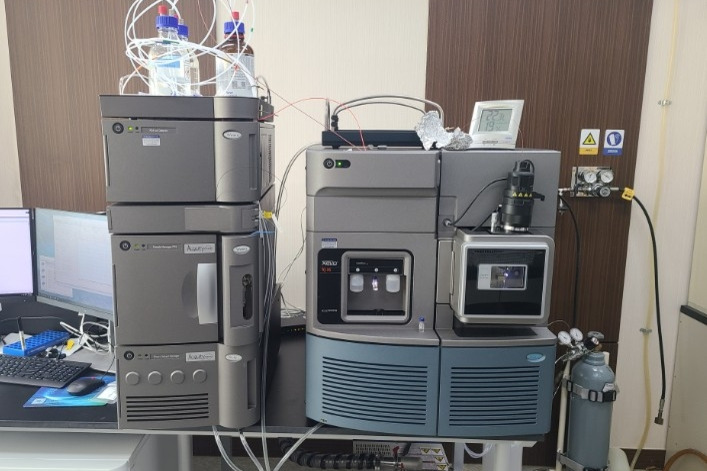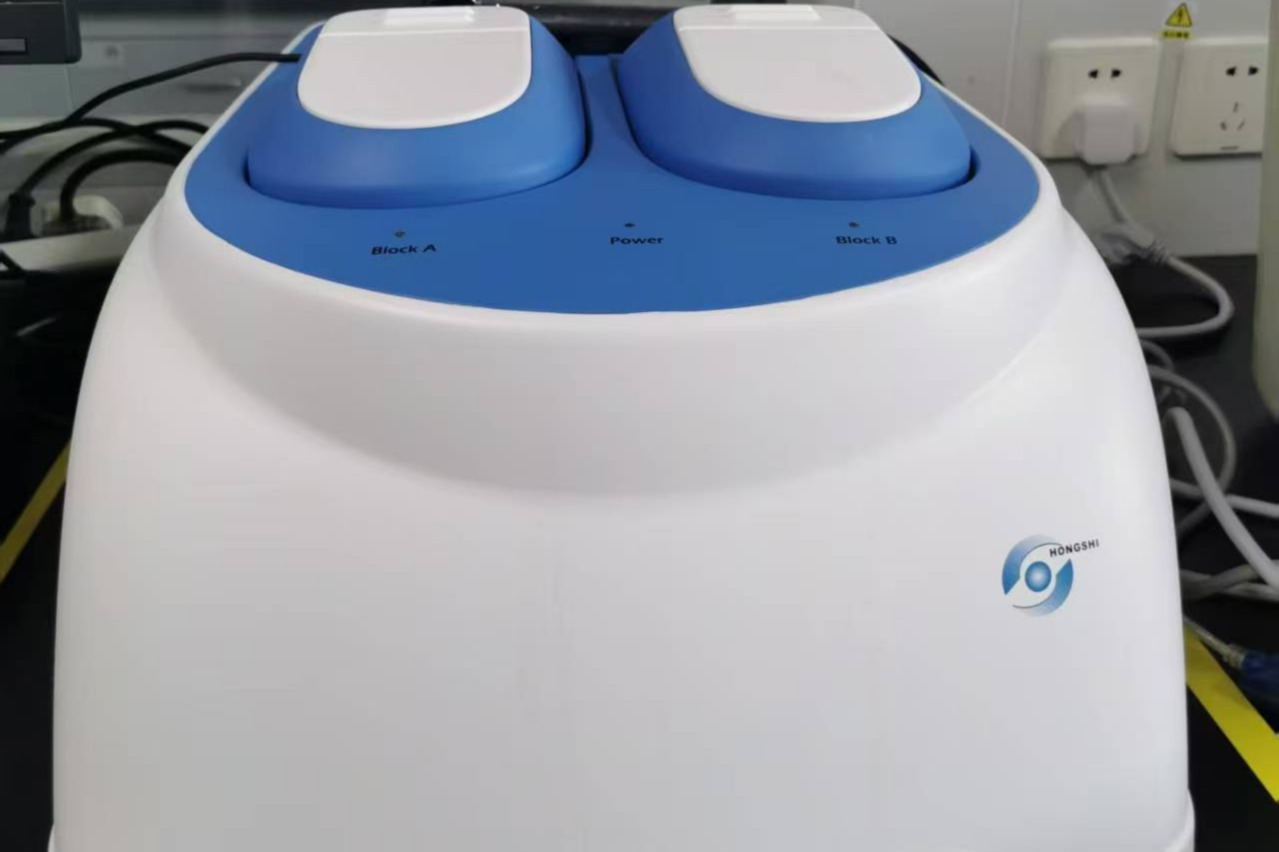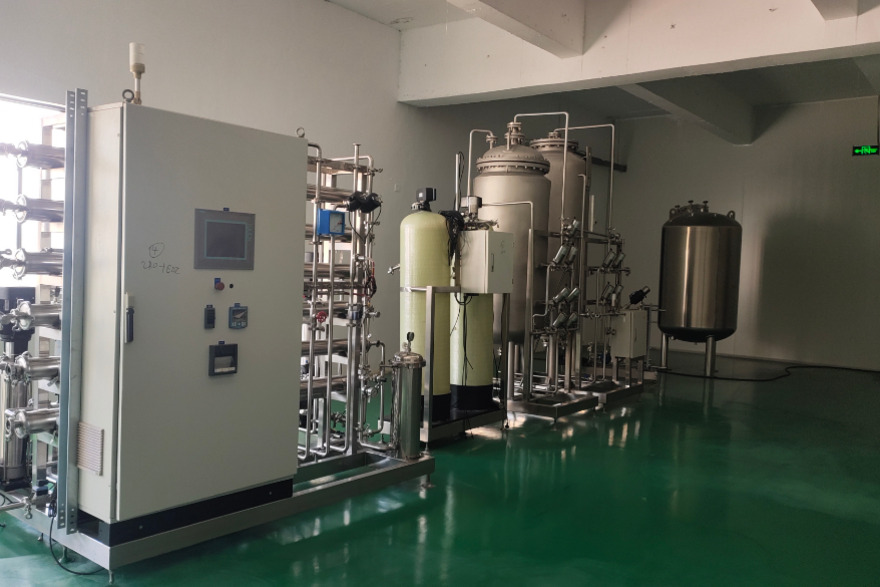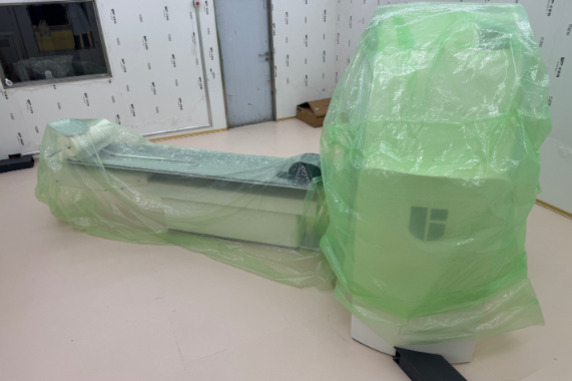Agilent Cary 100 UV-Vis Model (G9821A), 6x6 Multicell Block, & Temperature Controller
The Agilent Cary 100 is a classic double-beam UV-Vis spectrophotometer, with the G9821A model representing a specific configuration widely used in universities, research institutions, and industrial applications. Known for its high precision, flexibility, and stability, this instrument covers a wavelength range of 190–900 nm, supporting UV, visible, and near-infrared spectral analysis. It is suitable for measuring transmittance, reflectance, colorimetry, and haze in liquids, solids, thin films, and other sample types.
Price:Negotiable
Service charge: 10% of the transaction price
- Equipment brand:Agilent
- Equipment installation time:2015
- Equipment location:Shanghai
- Equipment model:Agilent Cary 100 UV-Vis Model (G9821A)
- Equipment serial number:
- Voltage:220V
- Electrical frequency:
- Size:
- Weight:
Device built-in
Agilent Cary 100 UV-Vis Spectrophotometer (Model G9821A) with 6×6 Multicell Holder and Temperature Controller – Comprehensive Introduction
1. Instrument Overview
The Agilent Cary 100 is a classic double-beam UV-Vis spectrophotometer, with the G9821A model representing a specific configuration widely used in universities, research institutions, and industrial applications. Known for its high precision, flexibility, and stability, this instrument covers a wavelength range of 190–900 nm, supporting UV, visible, and near-infrared spectral analysis. It is suitable for measuring transmittance, reflectance, colorimetry, and haze in liquids, solids, thin films, and other sample types. Key advantages include:
- Double-Beam Design: Utilizes dual chopper technology to ensure energy balance between the sample and reference beams, accurately eliminating background interference. Photometric accuracy reaches ±0.003A, with repeatability <0.0008A.
- High-Sensitivity Detector: Equipped with an R928 photomultiplier tube (PMT), achieving noise levels as low as <0.000085%T and stray light <0.02%T (at 220 nm), enabling direct measurement of high-absorbance samples (>3.5 Abs).
- Modular Accessory System: Supports expandable functions such as temperature controllers and multicell holders, adapting to complex experimental conditions.
2. Features and Benefits of the 6×6 Multicell Holder
The multicell holder is a high-efficiency accessory for the Cary 100, offering the following advantages:
- High-Throughput Detection: The 6×6 configuration allows simultaneous placement of 36 cuvettes, significantly improving batch sample analysis efficiency—ideal for drug screening, environmental monitoring, and other applications requiring extensive repetitive testing.
- Broad Compatibility: Supports standard 10 mm pathlength cuvettes and can be adapted for other cell sizes, with automated switching via an integrated accessory controller.
- Enhanced Stability: When used with the temperature controller, it ensures samples are tested under constant temperature conditions, minimizing thermal fluctuations that could affect absorbance readings.
3. Key Technologies of the Temperature Controller
The temperature controller is a critical optional module for the Cary 100, featuring:
- Precise Temperature Range: Typically supports -10°C to 100°C (varies by configuration), suitable for temperature-sensitive experiments such as enzyme kinetics and protein denaturation studies.
- Fast Response & Uniformity: Uses Peltier technology or a circulating water bath system to maintain uniform temperature distribution within the sample holder, with fluctuations <±0.1°C.
- Software Integration: Real-time temperature monitoring and adjustment via Cary WinUV software, supporting programmable heating/cooling experiments with direct spectral data correlation.
4. Applications and Case Studies
- Pharmaceutical Research: Monitoring drug solubility under varying temperatures or high-throughput screening of formulation stability.
- Materials Science: Analyzing optical properties (e.g., transmittance degradation) of thin-film materials at different temperatures.
- Environmental Testing: High-throughput absorbance measurement of water pollutants (e.g., heavy metals, organic compounds), combined with temperature control to simulate natural water conditions.
5. Operation and Maintenance Guidelines
- Software Support: Cary WinUV provides an intuitive interface for automated wavelength scanning, kinetic analysis, and data export.
- Maintenance Tips: Regularly clean optical components (quartz-coated protection), warm up for 30 minutes to stabilize baselines, and avoid sample spills to prevent contamination.
6. Conclusion
The Agilent Cary 100 (G9821A), combined with the 6×6 multicell holder and temperature controller, forms a high-performance, precision-driven spectroscopy system. Its technical strengths—high-sensitivity detection, modular expandability, and automated workflows—make it suitable for diverse applications, from fundamental research to industrial quality control. While the initial investment and maintenance costs are relatively high, the instrument’s long-term stability and data reliability ensure a strong return on investment for laboratories.

